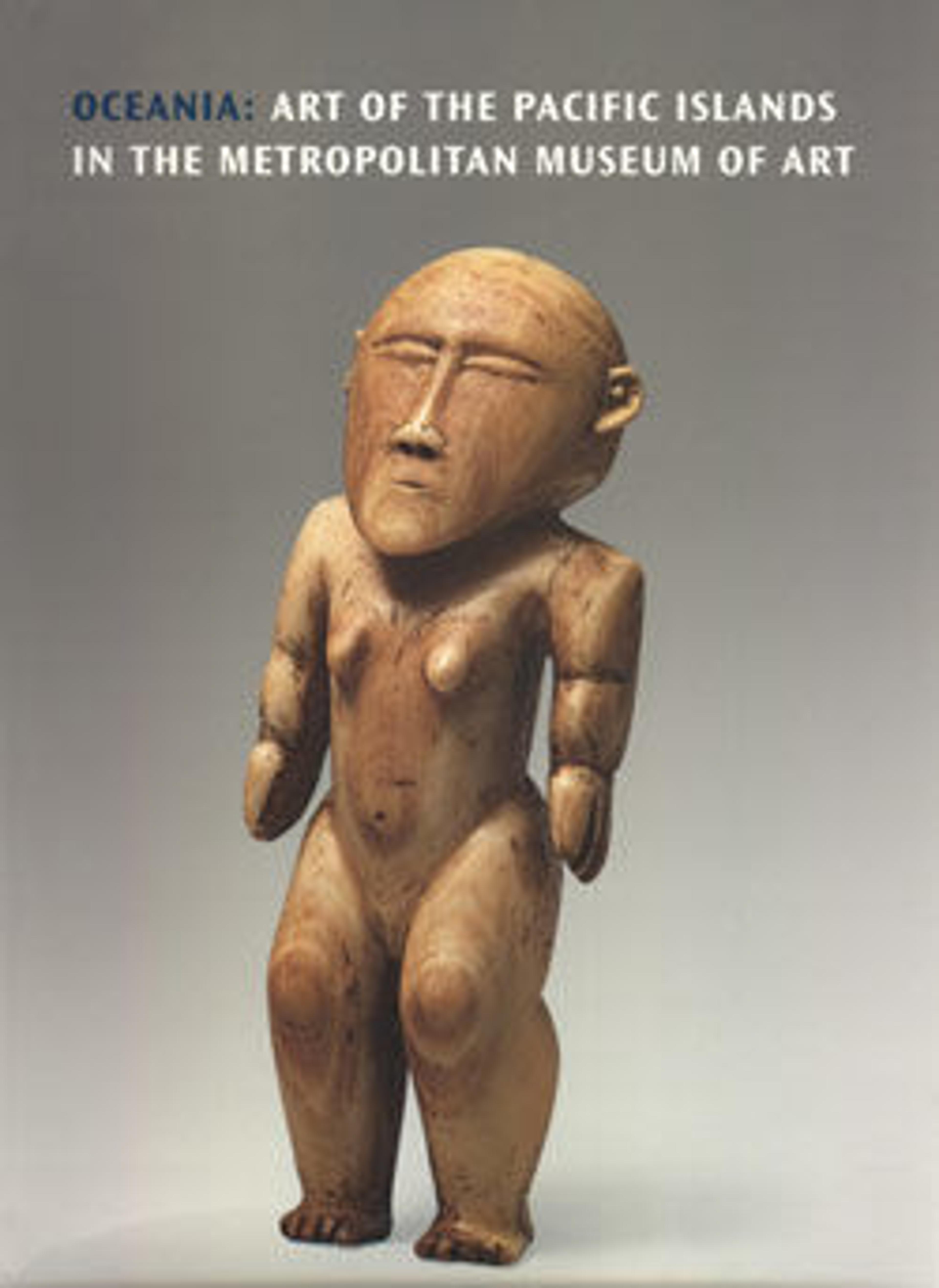Mask
The masks of the Biwat people of the Yuat River, a tributary of the Lower Sepik River, appear to have portrayed two major types of supernatural beings: forest spirits, who lived in the woods surrounding the village, and water spirits, who inhabited rivers and other bodies of water. This mask likely represents a water spirit. In one Biwat village, similar masks formed the heads of human-like figures erected on the backs of gigantic reptilian effigies representing the Crocodile Mother, who symbolically swallowed and later disgorged young novices during initiation rites. The masks also were probably worn on the head during other ceremonies. The cane armature on the back of this example likely served to hold it in place.
Artwork Details
- Title: Mask
- Date: late 19th–early 20th century
- Geography: Papua New Guinea, Lower Sepik, Yuat River region
- Culture: Biwat people
- Medium: Wood, paint, plant fiber, feather, shell
- Dimensions: H. 12 1/8 × W. 10 1/4 × D. 8 1/2 in. (30.8 × 26 × 21.6 cm)
- Classification: Wood-Sculpture
- Credit Line: The Michael C. Rockefeller Memorial Collection, Bequest of Nelson A. Rockefeller, 1979
- Object Number: 1979.206.1634
- Curatorial Department: The Michael C. Rockefeller Wing
More Artwork
Research Resources
The Met provides unparalleled resources for research and welcomes an international community of students and scholars. The Met's Open Access API is where creators and researchers can connect to the The Met collection. Open Access data and public domain images are available for unrestricted commercial and noncommercial use without permission or fee.
To request images under copyright and other restrictions, please use this Image Request form.
Feedback
We continue to research and examine historical and cultural context for objects in The Met collection. If you have comments or questions about this object record, please contact us using the form below. The Museum looks forward to receiving your comments.
